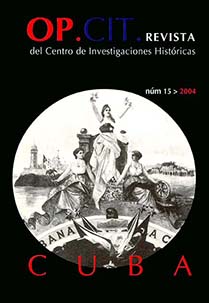Abstract
The favorable political and economic circumstances for investment created after the proclamation of the Republic and the signing of the Reciprocal Trade Treaty in 1903, along with exceptional circumstances in the sugar market, brought about a vast ecological transformation of extensive regions in the eastern half of Cuba, the part least modified by man until that time. One of the most outstanding characteristics of these years was perhaps the most intensive deforestation process that has ever taken place on the island. This study stresses the importance of forests in the occupation by sugar plantations of extensive areas of Camagüey and the eastern side in the first quarter of the 20th century, as well as the impact of this process on the loss and deterioration of natural resources.

